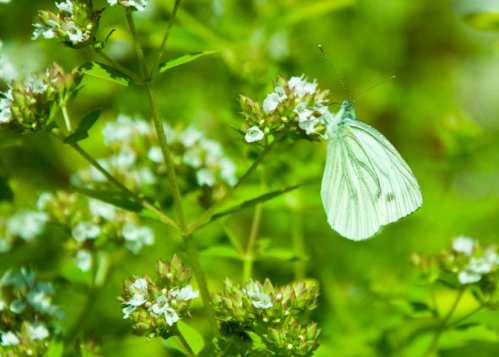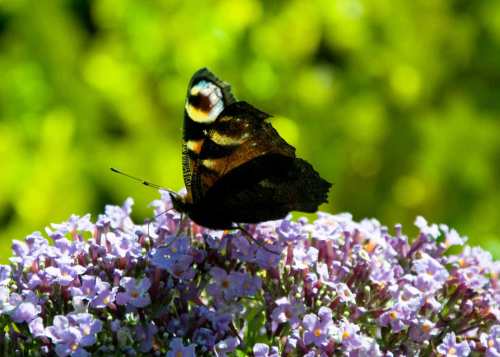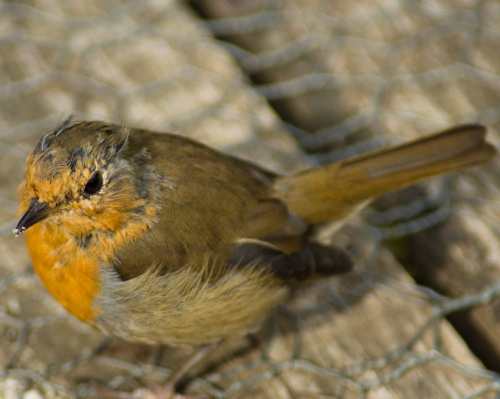They did it before I was born. The Germany army was the reason back then. But the concept is relevant now. We have bigger problems than an advancing army. Looming food shortages, a financial catastrophe leaving lots of people cash-strapped, carbon miles piling up with imported food that isn’t fresh and last but not least, health. So despite my aching back, exhaustion and advancing years, I’m digging for victory. My garden, I’m even more determined now, is to be the source of as much of our food as is possible. I can’t raise meat or fish, but I can grow lots and lots of veg if I keep at it. So could you. Small space or large, we can all make a difference.

Dig for Victory! The source of my inspiration. Lime Tree Farm, Yorkshire
We can all make a difference to the wildlife, too. The system has to work in harmony. We need the birds, frogs, toads, newts, worms and other creatures that make our gardens their home. They eat the pests, make the eco system work properly and even help make compost and put nutrients into the soil that will end up in our plants and therefore our food.
I was away on a yearly pagan camp last weekend. I met up with old, like-minded friends and spent a damp weekend in a field dedicated to conservation by a farmer of forty acres who has turn his whole life and farm into a conservation project. We helped him build a stone circle there over ten years ago, and he has, with the help of volunteers, installed a roundhouse, dug wildlife ponds, built a hide and viewing station for badgers, had specialist groups in to monitor progress and developement. On his farm they have found eighteen of our twenty odd species of ladybirds. Marvelous, and just shows what can be done in a few short years.

Lime Tree Farm’s Stone Circle (the gatestones aren’t on this pic)
My conversations with Pete, the unsung hero farmer, about standard food production hardened my resolve, which was weak given the calamatous weather for veg growers this year. Did you know that your five a day isn’t as healthy as it should be? The factory farming of food using chemical fetilisers makes the plants grow even and good looking, but lacks the trace elements and some of the vitaims we NEED to be healthy. The land has not been replenished properly, so we aren’t either. It stands to reason if you can grow your own that food will be fresh, so contain more vitaims. And gardening organically ensures the existence of those trace elements we need. So, I’ve come home and finished digging over my second border, which in the spirit of the late gardener Geof Hamilton, is going to be mixed planting of perennials, annuals and veg. Tomorrow I can start planting. Now I’ve got air back into this tired land, incorporated some compost and cleared the weeds, the soil is starting to dry out. Fortunately, we’re on good, deep soil with a low water table, so as long as the jet stream does stay where it should be for this time of year, I hope we can now grow food!
I’m already getting plans ready for next year, which will be my first full growing year in this home. Not for me are the plastic-packed Kenyan French beans, Egyptian potatoes and other such carbon gobbling, vitamin destroying, far away supermarket veg. I did a little experiment. I bought some radish. If they are anything to go by, it’s all been rinsed in bleach or something. The radish came in plastic and have been in my fridge two months, yet are still LOOKING fresh! Bah humbug to that idea, hello digging for victory!

























